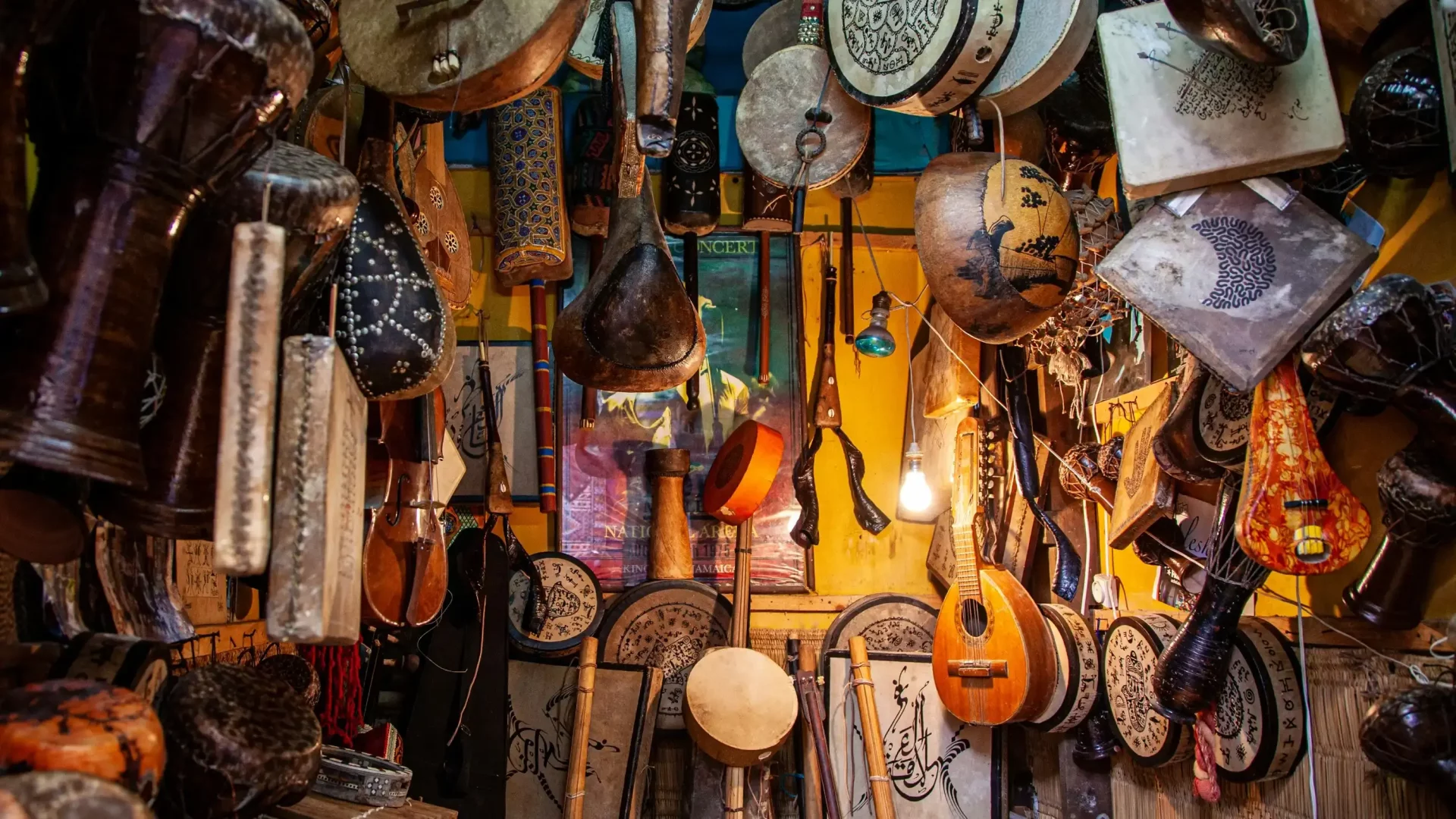
Intruments are ingrained into our daily lives, from physical live audiences to digital streaming on Spotify. Yet, there is an entire universe of instruments that most people have never explored. These "weird instruments" offer us rich varities of styles, moods, and ways of playing. In this article, we'll explore a small peak of this amazingly diverse world.
Theramin
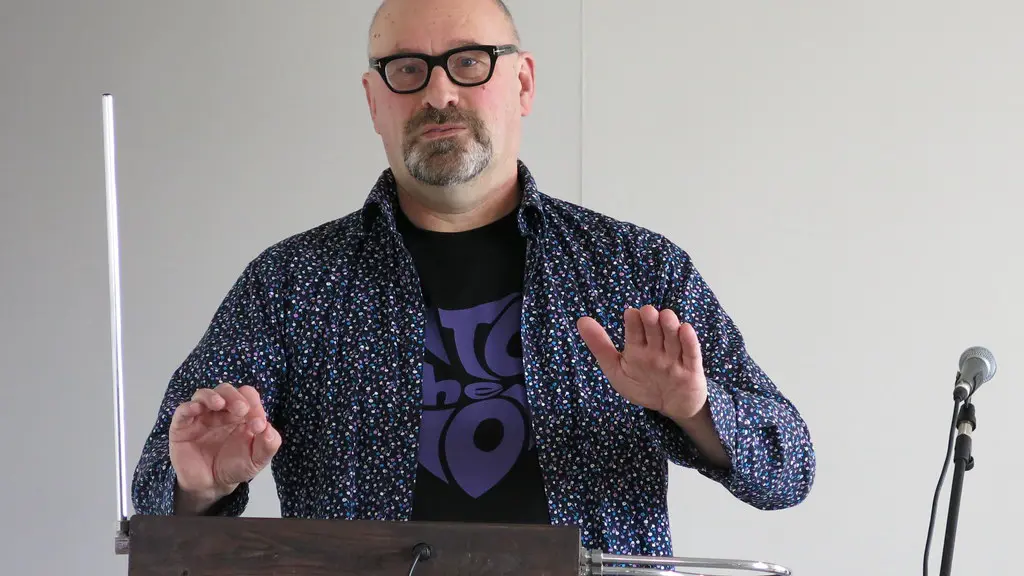
Can't talk about weird instruments without mentioning the theremin. First of all, the theremin is played without physical touch! Instead, thereminists move their hands near its antennas, with the horizontal antenna controlling volume and vertical antenna controlling pitch.
Surprisingly, the theramin is over a 100 years old! Created in 1920 by Russian inventor Leon Theremin, the theramin was a demonstration of eletronic sound generation, but it quickly became its own instrument.
Usually, the sound of theremin is described as "ethereal" or "otherwordly", having been used in many genres such as classical, pop, and rock. Also, it has been used by famous bands, such as Brian Wilson, Led Zeppelin, and Paul McCartney. Additionally, movies and TV also used the theramin in their soundtracks, such as the original Star Trek series.
Glass Harmonica
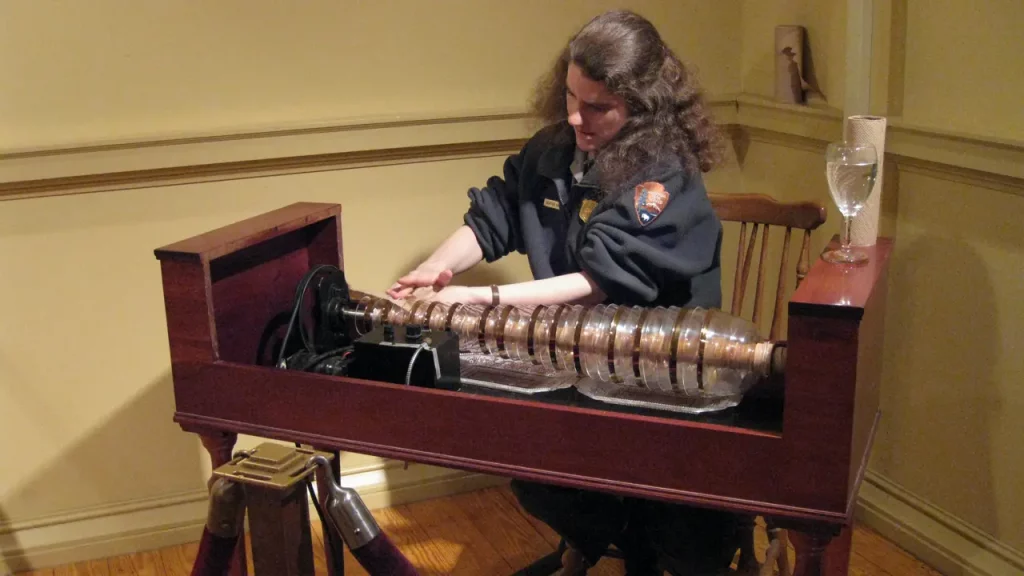
The glass harmonica is a set of glass bowls/goblets on a spindle; they are arranged by size and played by rubbing their rim with wetted fingers. The result is a hauntingly beautiful sound often described as "angelic".
Historically, the invention of the glass harmonica is attributed to American polymath Benjamin Franklin (1706–1790). Unsurprisingly, Franklin was also a musician and had long been fascinated by the sound of glass. He experimented different ways to create sounds using glass, eventually mounting glasses on a spindle.
In Europe and the United States, the glass harmonica quickly gained popularity as even legendary figures such as German composers Mozart (1756–1791) and Beethoven (1770–1827) wrote music especifically for it. However, despite its initial popularity, the glass harmonica eventually fell out of favor.
People believed that the glass harmonica could cause madness or even death, a belief that contributed to its downfall. Today, it is a rare instrument with few enthusiasts worldwide, but a relative resurgence has the glass harmonica returning once again to concert halls.
Hang
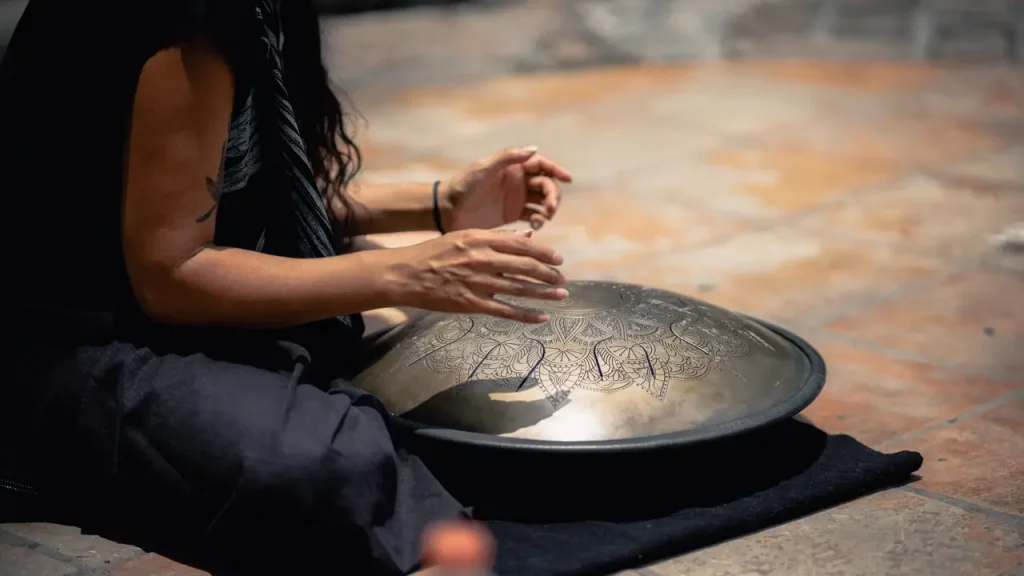
The Hang (plural: Hanghang), is a type of instrument inspired by the steelpan from Trinidad & Tobago. It creates sound by vibrating itself; it doesn't rely on air flow, strings, or electricity. The Hang is typically played resting on the lap; the musician uses hands and fingers instead of mallets, producing a softer and warmer sound.
Created in 2000 by Felix Rohner and Sabina Schärer on Switzerland, the Hang was introduced to the world at Messe Frankfurt, one of the largest trade fairs in the word, the very next year. Made from stainless steel, the Hang's typical scales offer a range from soothing, deep tones to lively, higher pitches. Hanghangs are individually hand-tuned, assuring a unique and harmonious sound profile.
Versatility is a key aspect of the Hang. Solo or group, classical or jazz, this instrument is great for meditation and relaxation in at any place, any time!
Koto

If you're looking for something a little more traditional, but still unique, the koto is a Japanese string instrument that is played with picks. It has a beautiful, delicate sound and has been a staple of Japanese music for centuries.
The koto (箏 or 琴) is a Japanese instrument considered to be a halved tube zither. A tube zither is a stringed instrument with a tube that acts as the neck and the soundbox.
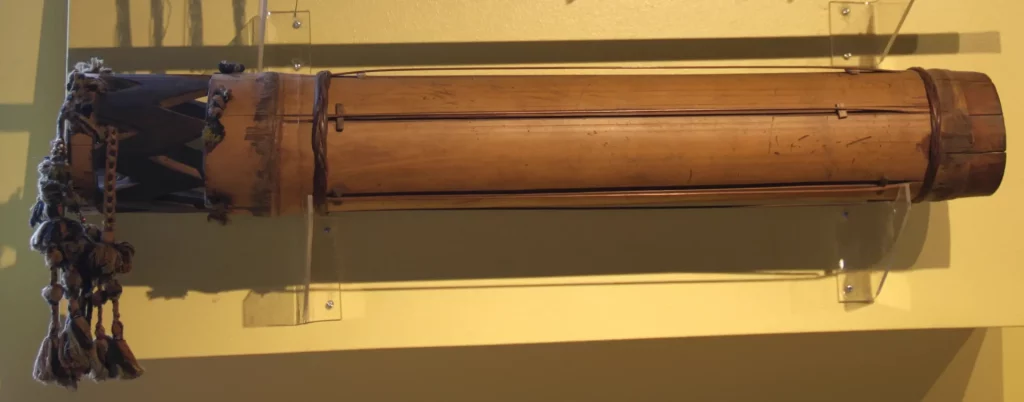
In its construction, the koto is made from Paulownia wood or "kiri". Common types of koto uses 13 strings over movable bridges meant for tuning; 17 strings are used as bass in ensembles. Koto are plucked using three fingerpicks, sometimes called "tsume". The ancestor of the koto is the Chinese guzheng, introduced to Japan in the 7th century, which initially only had 5 strings.
A significant development of koto came from Yatsuhashi Kengyō (1614–1685), a blind Japanese composer from Kyoto. Yatsuhashi changed the instrument's tuning, adapted its scales, composed many songs, overall developing a new style of koto. Initially, the koto was limited to the Japanese court, but Yatsuhashi introduced and taught the instrument to general audiences. Today, Yatsuhashi is regarded as the father of modern koto.
Conclusion
These are just a few of the many amazingly weird instruments that you can find across the world. From the eletronic theremin to the intricate glass harmonica, one instrument is bound to fulfill your needs for a specific sound or style. Consider diving into one of them to try out something new!



